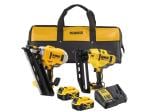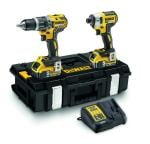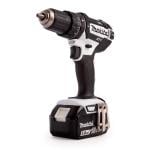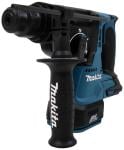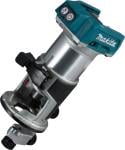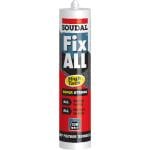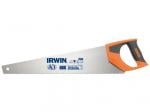What Is a Pillar Drill Used For?
Are you thinking about buying a pillar drill? Or maybe just want to learn more about what a pillar drill is? Have you always been tempted to add one to your workshop but you aren’t quite sure whether you’d get any use out of it? In this article, we’ll tell you everything you need to know about these handy but unusual tools!
What Is a Pillar Drill?
The best place to start is by defining what a pillar drill is: a pillar drill is a powerful tool that is typically attached to a base on a frame or your workbench. An adjustable table is suspended between both the base and the drill itself. On this “table” you can clamp wooden board, tile, or sheet material – just be sure to secure it properly. Following that, the handle on the pillar drill is used to lower the drill toward the surface of the material you are drilling into. The good news is that it’s impossible to drill crookedly using a pillar drill. The most notable difference between a pillar drill and most other typical drills is that you bring the work TO the pillar dill - whereas you take other typical drills TO the work.
What Are the Benefits of Using a Pillar Drill?
So, how can a pillar drill benefit you? One of the biggest advantages of using a pillar drill is the fact that it is much more stable and accurate than any other form of drill. As mentioned above, it’s practically impossible to drill crookedly when using a pillar drill. When you use a regular drill, you have to rely on your steady hand and coordination to drill straight. The pillar drill is perfectly aligned and does the hard work for you. If you are working on a project that requires you to drill into lots of smaller wooden blocks and awkward materials that can’t be held easily and drilled into freehand, then the pillar drill is perfect. This is because you can simply attach and secure these smaller materials and lower the drill into the designated drill location. Additionally, if you are working with especially tough materials such as hardwood or steel, then a pillar drill will enable you to drill through these tough materials with accuracy.
Are There Any Downsides to Using a Pillar Drill?
Are there any downsides to using a pillar drill? Not really. The fact is, a pillar drill does the job that it’s designed to do exceptionally well. However, if you were planning on drilling into a wall to hang a painting then you’re not going to have a very good time using a pillar drill. Pillar drills aren’t mobile. But if you are working in your workshop and using the pillar drill as it is intended then this isn’t going to be an issue. Otherwise, you’ll have a hand-held power drill in your arsenal which can be used for drilling into materials that aren’t suited to a pillar drill.
What Kind of Tasks Will You Use a Pillar Drill For?
- Drilling multiple holes in succession with the exact depth and dimensions with perfect accuracy
- Drilling holes into smaller blocks of wood and material that would otherwise be difficult or impossible to drill into freehand
- You can drill into a wide variety of materials by controlling the pillar drill’s RPM and swapping out the drill bits as necessary
Is There Anything Else You Should Know About Using a Pillar Drill?
Bear in mind that not all pillar drills are created equal. In other words, some will have additional functionality over others. Some may have safety shields, some may not. Before investing in a pillar drill make sure that it is going to fit suitably onto your workbench. You should also select the appropriate pillar drill based on the size of the work-pieces that you will be drilling into. The most convenient pillar drills will have a tilt-able table that will allow you to drill at an angle. Some also have LED lighting and laser guides which help to indicate precisely where the drill will go for easier measurement and targeting.
Invest in a Variety of Quality Drill Bits for the Type of Work You Will Be Doing
Pillar drills are nice and easy for swapping out drill bits with quick-release or keyed drill heads. This means that you can pretty much fit any type of drill bit into the tool. Of course, depending on the type of work you will be doing, it’s worth having a decent variety of drill bits on hand and ready to go!
Conclusion
And that about sums it up. Drill bits are handy tools that are well-suited to the tasks that they are designed for. There are no real downsides to using a pillar drill, and worth investing in if you are going to get regular use out of it.


